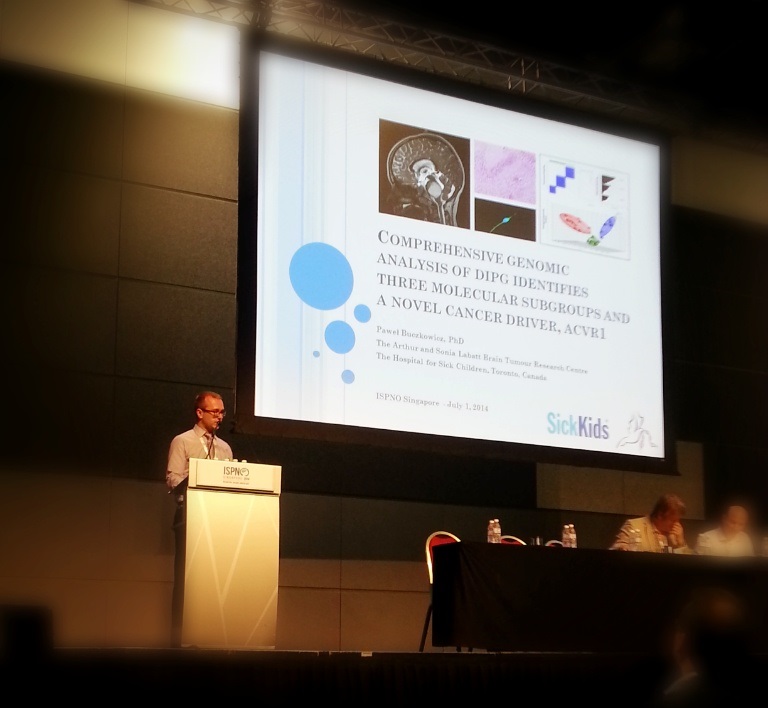Dr. Pawel Buczkowicz Welcome To My Professional Site
In everything I do, I strive to make a tangible, beneficial impact on how medicine and healthcare is practiced around the world.
LEARN MOREIn everything I do, I strive to make a tangible, beneficial impact on how medicine and healthcare is practiced around the world.
LEARN MOREEvery day I learn from the many amazing people with whom I get to work and collaborate across a range of my professional interests, which include:
My first passions are genetics and molecular pathology. I previously worked at the Hospital for Sick Children doing research on brain cancer.
At PhenoTips, I'm working on the world's first Genomic Health Record for clinical phenotyping in medical genetics and rare disease research.
Combining my knowledge of medicine & technology, I providing consulting related to the technical & strategic aspects in the healthcare, research & biotech industries.
I hold a BSc in Chemistry and Biology from Ryerson University, a PhD in Laboratory Medicine & Pathobiology from the University of Toronto and certification in Lean Six Sigma. My previous experience includes an eight and a half year stint as a medical research scientist at the Hospital for Sick Children, where I worked with teams of clinicians and researchers from all over the world on projects in oncology, cancer genetics, rheumatology and molecular pathology.
DOWNLOAD CV
My contributions to the medical community included the discovery of novel mutations in human cancer and the development of clinical correlates based on which a new World Health Organization classification was implemented in 2016 for paediatric gliomas (diffuse midline glioma, H3 K27M–mutant), a type of childhood brain cancer. I also have experience in the biopharmaceutical industry having worked for a company which produced disease antigens from infectious pathogens for medical diagnostic and vaccine research, among other biopharmaceuticals.
LEARN MORE
DIPG is a brain cancer that occurs in young children. It is found in the area at the back of the brain called the pons.
DIPG have various genetic, molecular and histological features that help classify them. These tumours can present as WHO grade II-IV gliomas, rarely as PNETs and the most common genetic features include mutations of ACVR1, PPM1D, TP53, H3F3A and other histone H3 genes, as well as copy number alterations of PDGFRA, TP53, RB1, PTEN, MYCN and PVT1/MYC.
To learn more about DIPG visit DIPG.org
BACKCopyright © 2014 - 2021 pawelbuczkowicz.com - All rights reserved